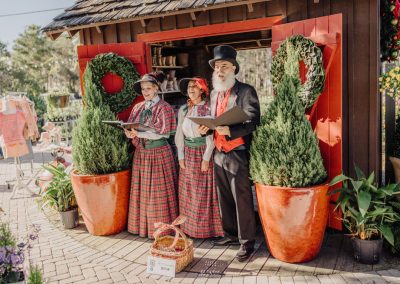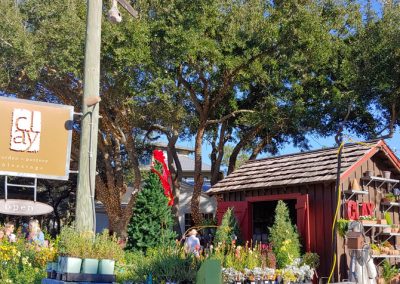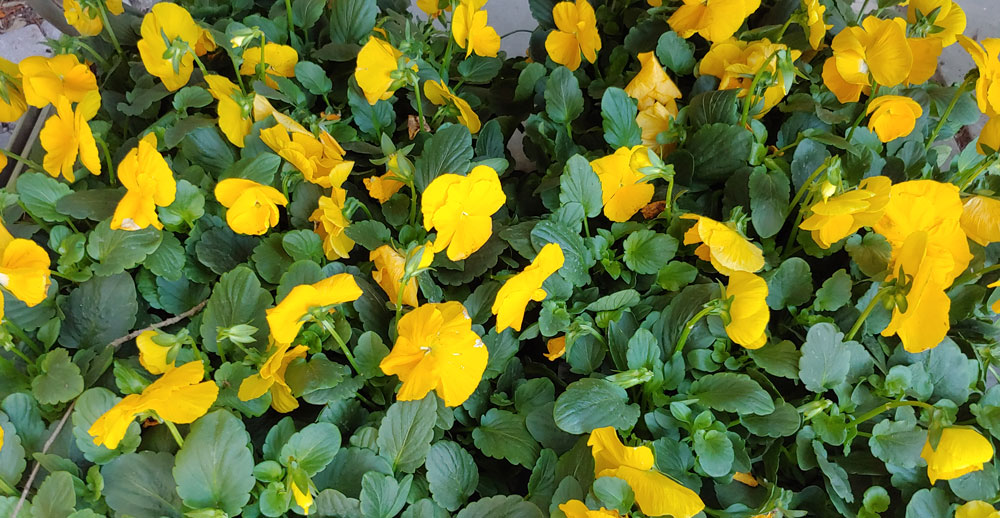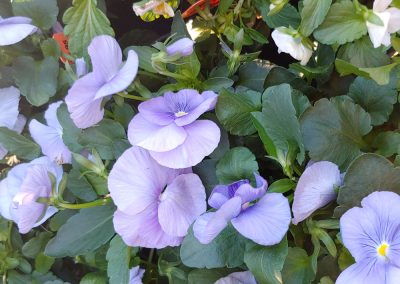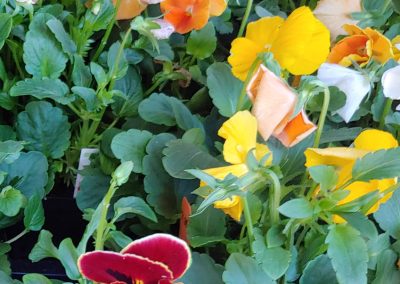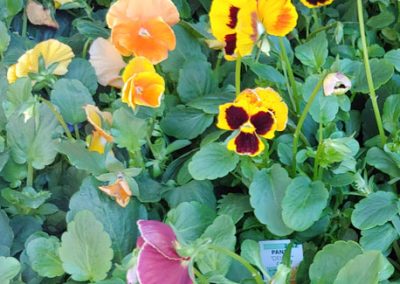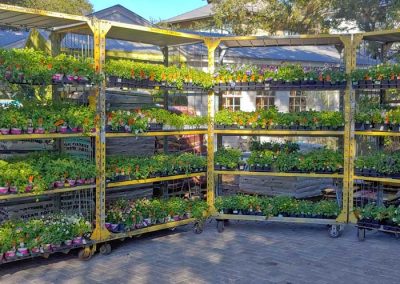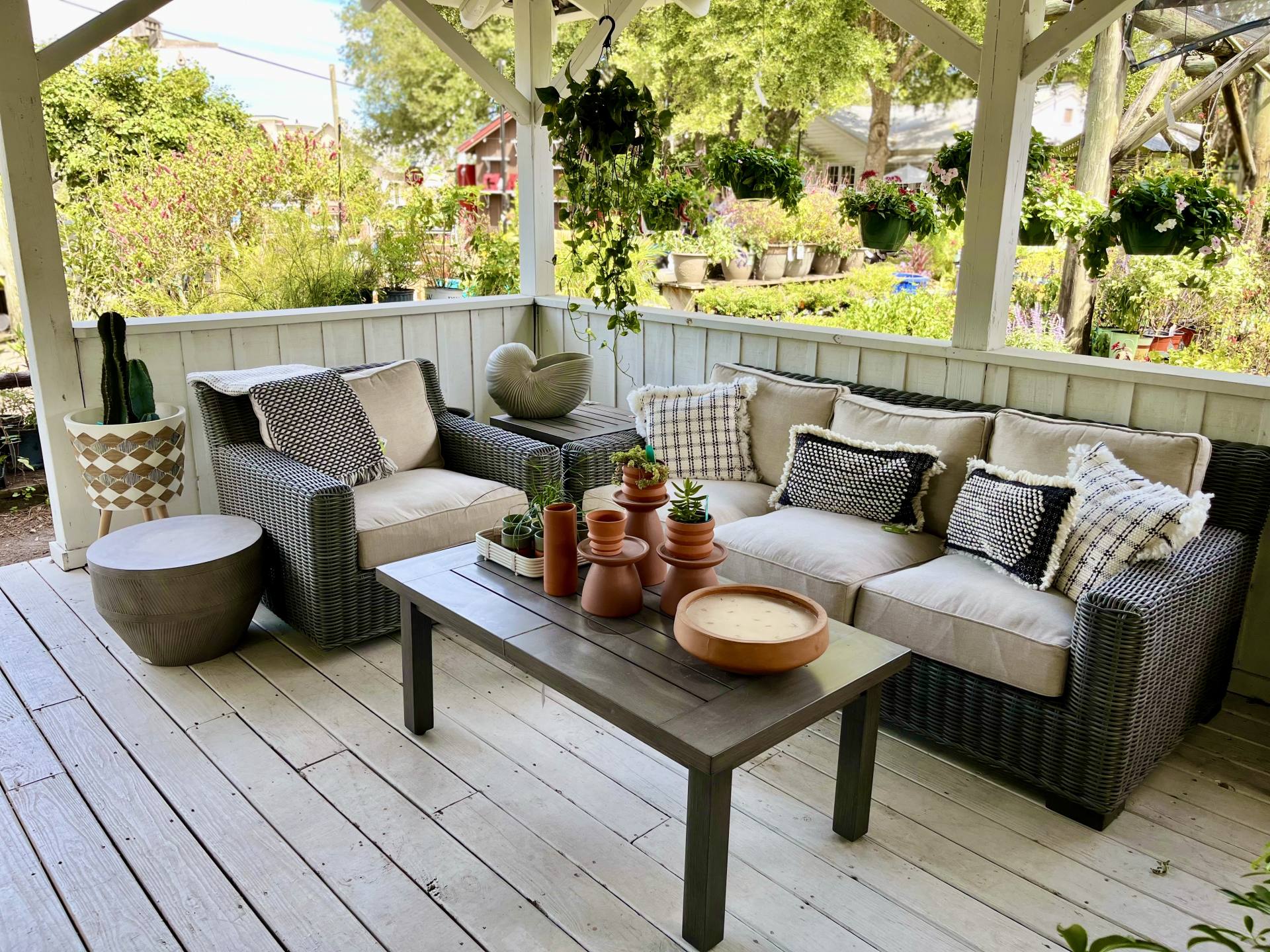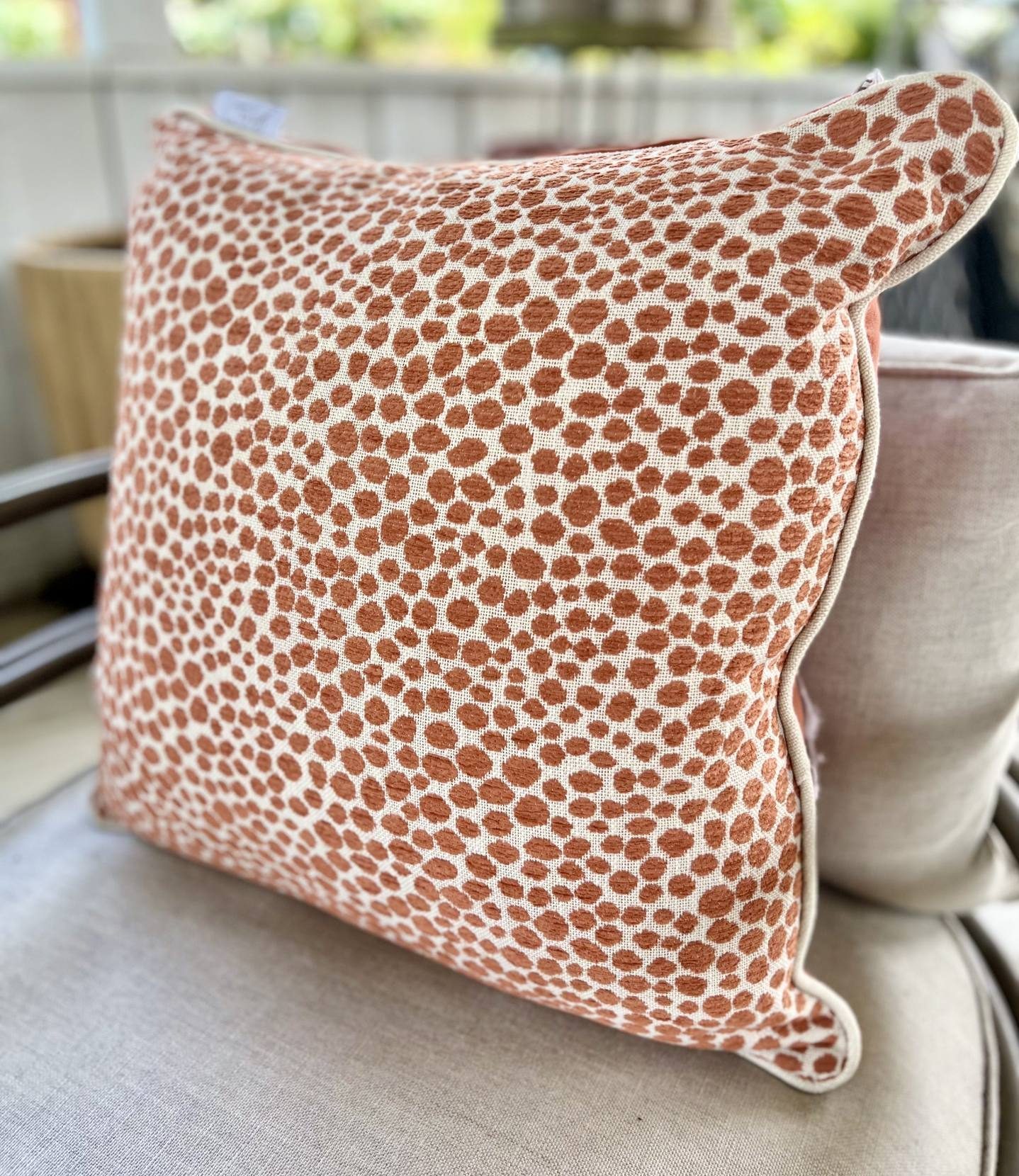
Holiday Open House Recap
Holiday Open House Recap
Sunday, November 13th kicked off the Holidays at Clay, a haven for garden enthusiasts!
Holiday celebratory festivities were hosted at Clay, a plant sanctuary “extraordinaire” catering to the discriminating landscape artist or homeowner! That brisk sunny Sunday, November 13th unveiled the Holiday mood with a quartet of Christmas carolers dressed in 18th Century costumes singing assorted holiday songs while hundreds of enthusiasts of all things Clay were in a festive mood.
Creatively displayed throughout the grounds were lush foliage from pansies to poinsettias, cacti to succulents, and outdoor furniture to home décor. The alluring presentations of table place settings and furniture enticed the viewer to desire these options for themselves.
Loyal customers and visitors were offered little tasty bites and libations to enhance the holiday cheer! Couples were purchasing additional plants, trees, bushes, and beyond, to improve their home gardens, while patient husbands waited for their spouses to peruse the abundant merchandise with Credit cards in hand!
It was a magical day!
Contact Us
address
4808 East Scenic Hwy 30A
Seagrove Beach, FL. 32459 (google map)
phone: 850.231.2150
hours: 9-5 Monday thru Saturday | Sun. 12-5


